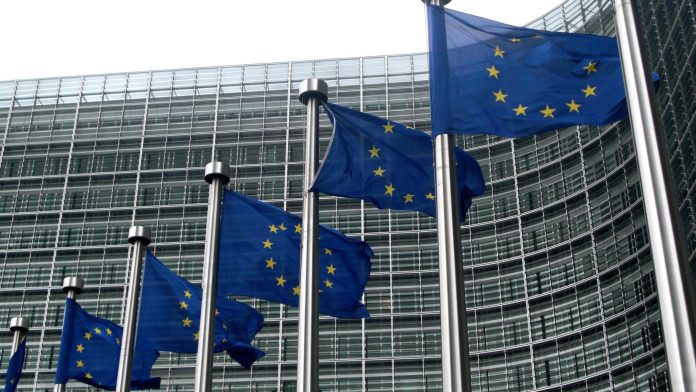The report noted that despite the progress in 5G networks and FTTH deployments, the European continent risks falling short of its “gigabit for all by 2030” target by 10%
5G technology was available to 73% of the European population by the end of 2022, up from 62% the previous year, according to a recent report by European telecom association ETNO.
At the end of 2022, 55.6% of the European population had access to FTTH networks, up from 50% in 2021, the report showed.
“When it comes to the comparison with global peers, Europe remains behind. At the end of 2022, 5G coverage reached 96% in the United States, 95% in South Korea, 90% in Japan and 86% in China. Similarly, Europe continues lagging all global peers on investment per capita adjusted to GDP: Europe invested 104.4 euros ($114) per capita in 2021, compared to 259.7 euros in Japan, 149.6 euros in the United States and 110.2 euros in China,” the report reads.
In 2021, the total capex in the European telecommunications markets reached 56.3 billion euros, according to ETNO.
“5G Standalone is the most advanced form of 5G. By the end of 2022, Europe had increased the number of Standalone networks to four, compared to three the previous years. While the Asia-Pacific region still leads 5G Standalone deployments with 15 networks in 2022, Europe has been performing better than North America, which counted three networks,” according to the ETNO report.
The report noted that despite the progress in 5G and FTTH deployments, the EU risks falling short of its “gigabit for all by 2030” target by 10%.
“Despite the highest level of investment since 2016, Europe is at risk of missing the Digital Decade target on “gigabit connectivity for all”. Even if telecom operators managed to keep their current record levels of investment despite high interest rates and a possible economic downturn, projections show that ‘very high capacity networks’ (VHCN) are on track to reach about 90% citizens in the EU, potentially leaving tens of millions Europeans behind,” the report stated.
“Europe’s digital leadership requires a strong telecom sector. This report sheds a light on the need to support operators who are investing in 5G and fiber networks. All European citizens must be included in our digital future,” said Lise Fuhr, director general at ETNO.
Rupert Wood, research director at Analysys Mason, said: “The continuing poor health of the telecoms sector works against Europeans’ interest. Poor returns make the infrastructure investment needed to achieve the 2030 Digital Decade targets more challenging, and they dent hopes of a renaissance of innovation and skills in new digital communications technologies.”

